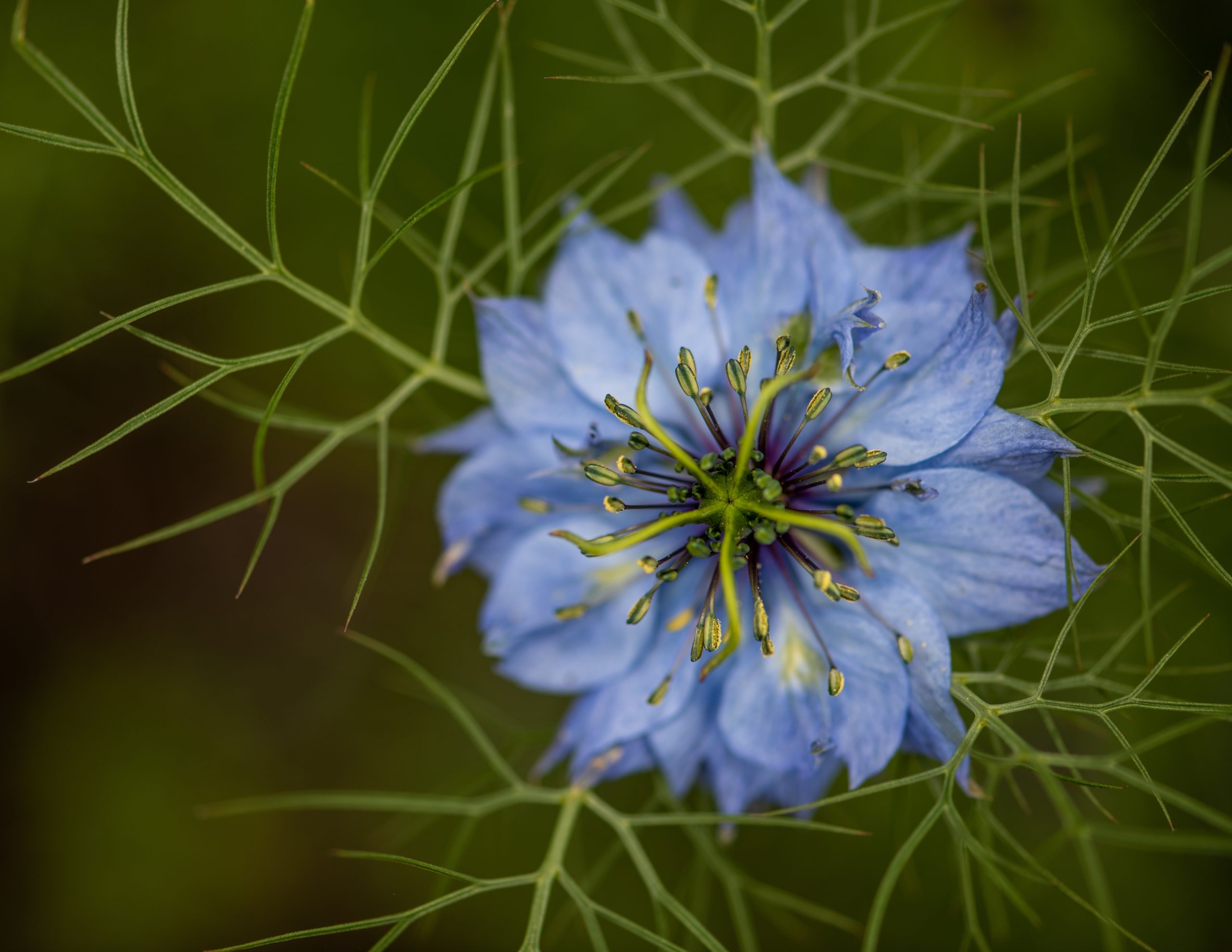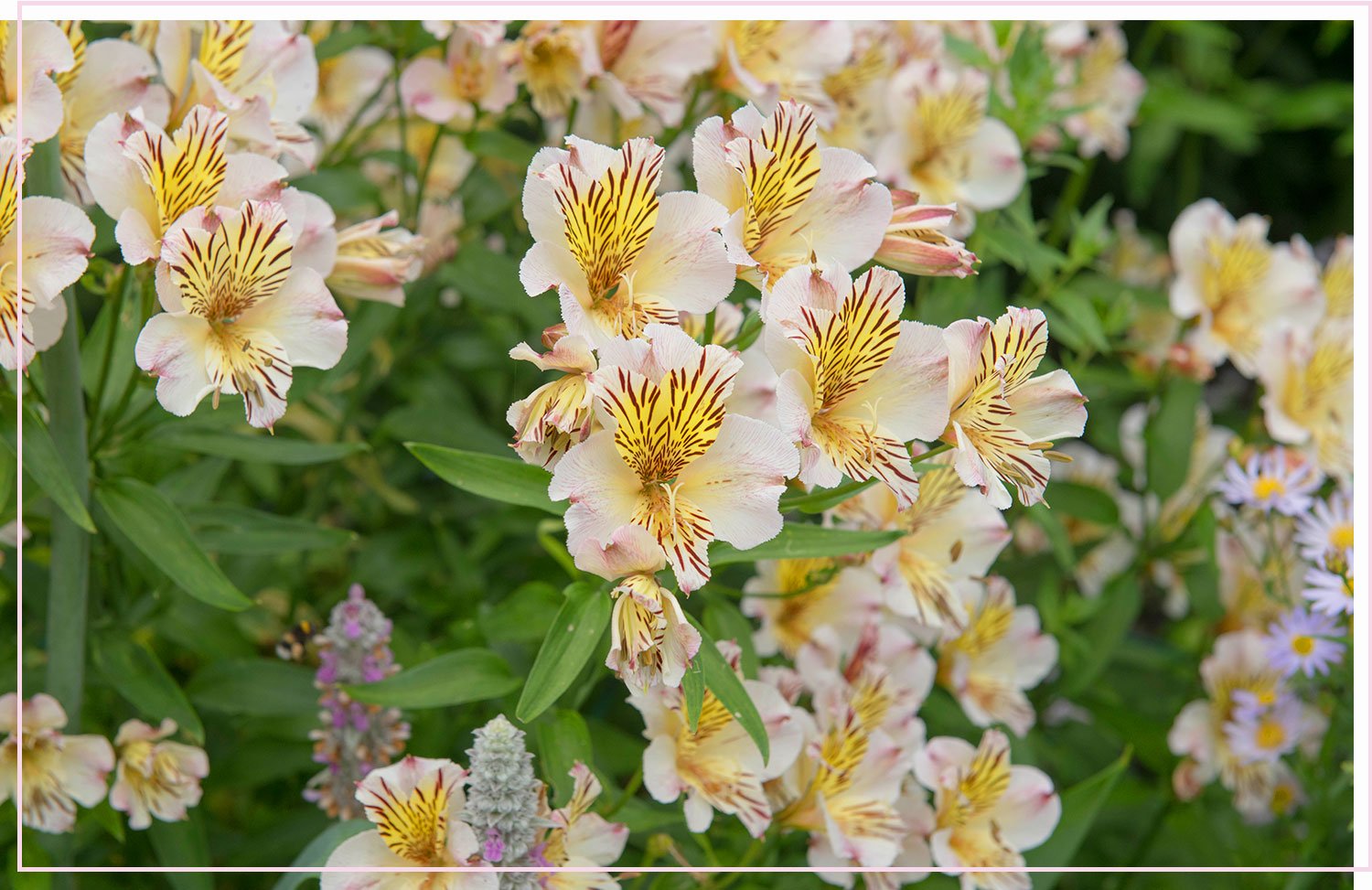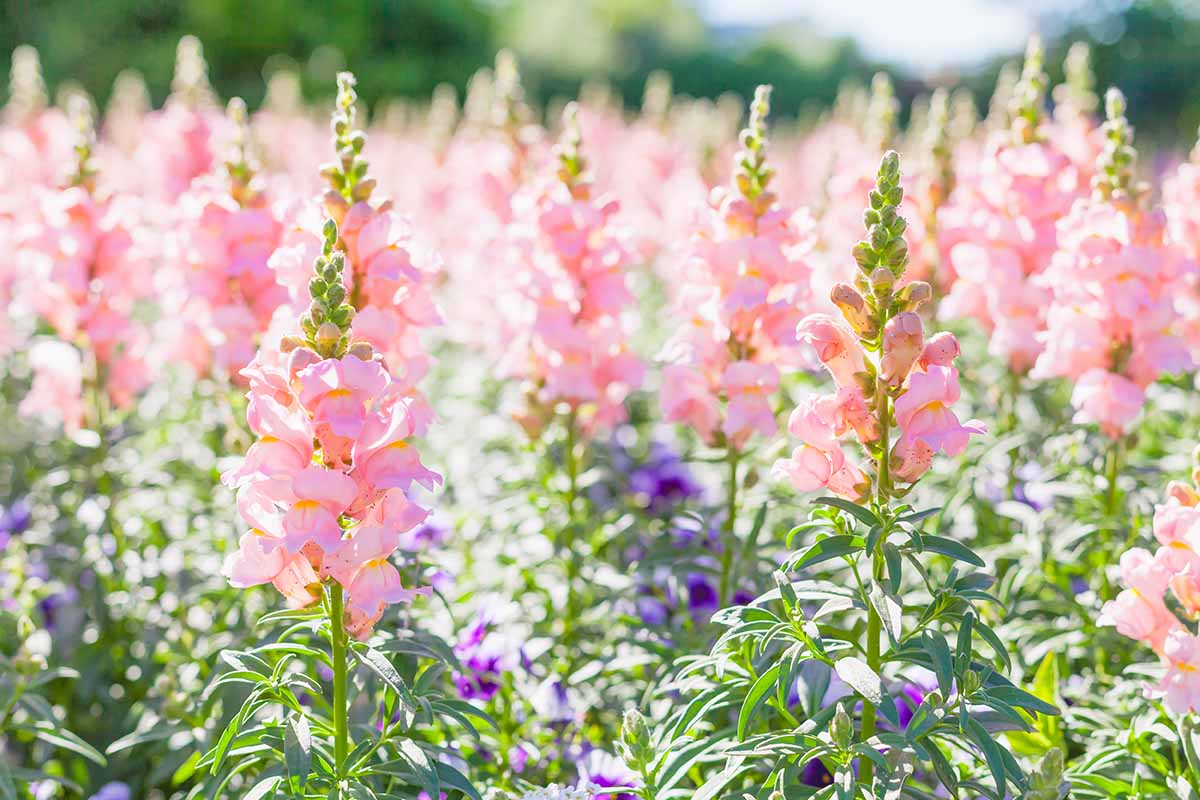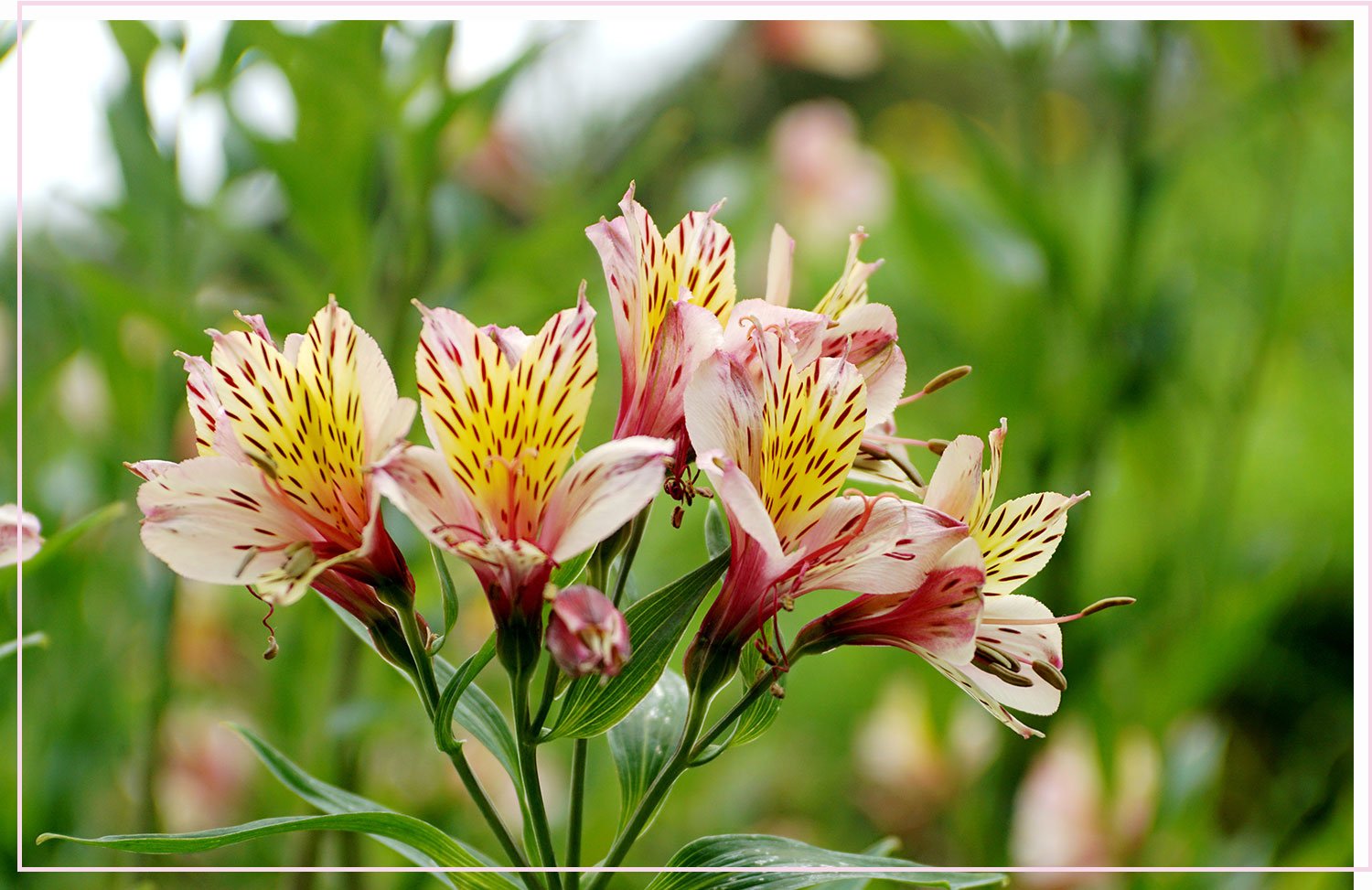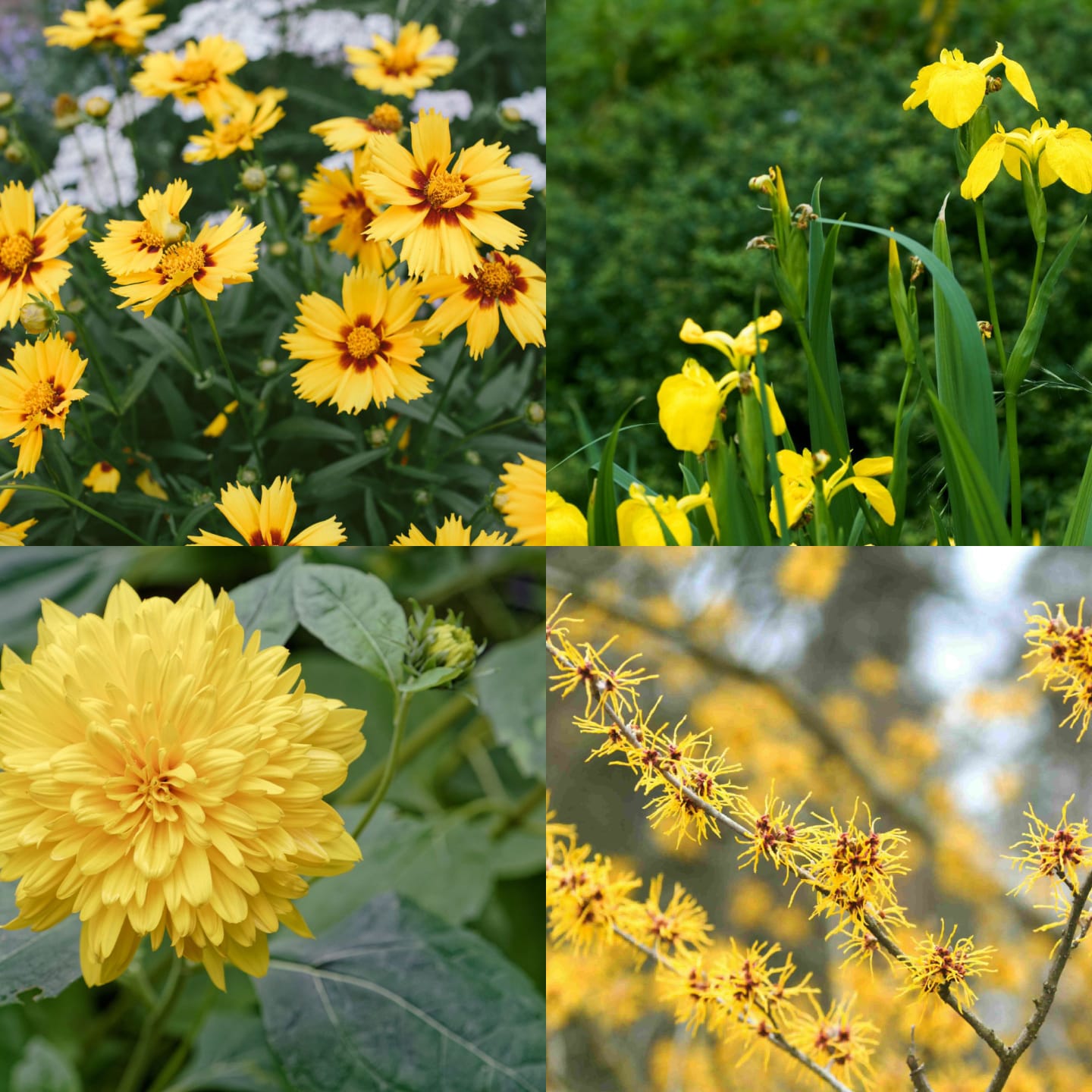Learn how to Grow and Take Care of Agapanthus ‘African Lily’
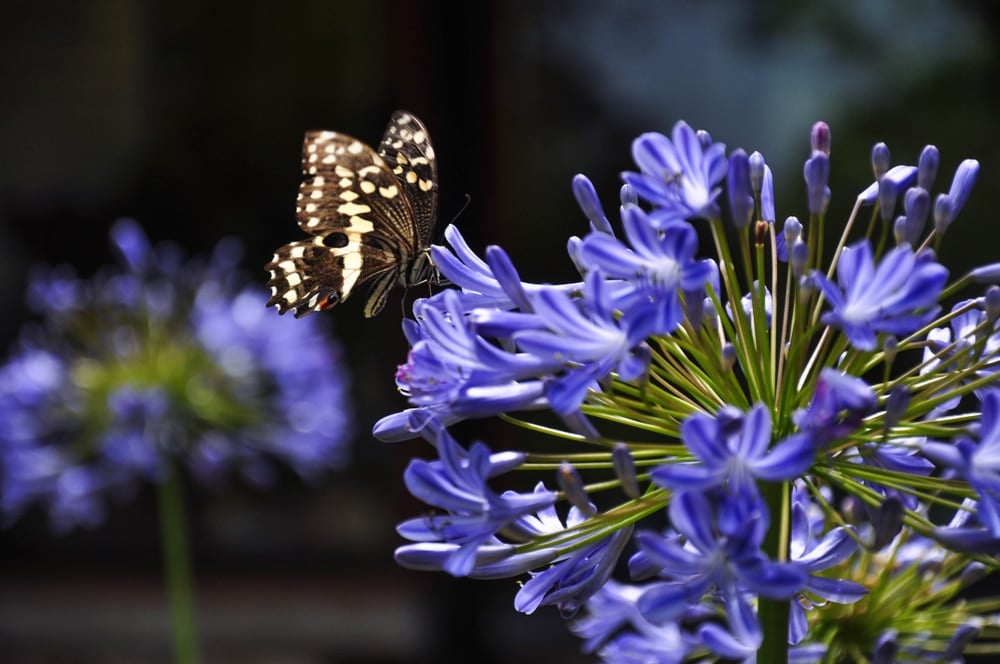
Table of Contents
Agapanthus or African Lily is a popular plant mainly known for its tall stems and broader leaves, and beautiful spherical flowers. The plant blooms mainly in the autumn season. It produces different spherical beautiful flowers of blue and light purple shades.
Now, you can imagine how beautiful these flowers could be. Also, the most essential thing in the growing of this plant is that you have to provide an adequate temperature.
If you are planning to plant this beautiful flower in your garden, then you should come up prepared with a lot of tasks that need to be done for the growth of the African Lily.
The first and foremost thing that you need to do is to provide them adequate temperature and the surrounding environment to grow well. The next thing is to make sure that sunlight reaches directly to the plant throughout the day.
Background, Origin, and Varieties
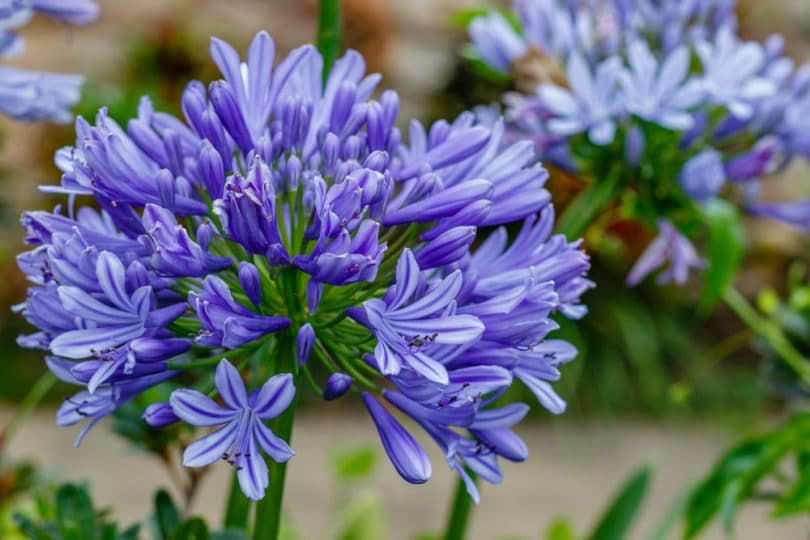
Till now, you must have learned that the Agapanthus plant is grown mainly in the mid-summer and autumn season. It can also survive a little winter but not the chilled and frost winter season. In the winter season, the plant gets damaged, and the green foliage of the plant also gets damaged. This is why in the winter season; the plant does not produce these beautiful white and blue shades of the flower.
Although the plant originates from the southern part of Africa now it is found almost in every country and every part of the world. Not only this but also the plant is evergreen and deciduous. Also, the plant has heavy and dense green foliage that makes the plant more beautiful. If you want to plant the flower in winters, then you need to grow them in a container so that you can take them inside your house, preventing them from frost.
The flowers of the Agapanthus plant are mostly shades of blue, white, and lavender. The plant has dense foliage that makes the plant more attractive. The shape of these flowers is spherical and pointed towards one end.
Another best thing about this plant is that the flowers attract different butterflies and beautiful insects in your garden. Also, because of these flowers, there will be many birds get attracted to your garden.
One thing that you should be aware of is that the Agapanthus plant needs to experience heavy rainfall once a year. This heavy rainfall is necessary for their growth and development. This rainfall is the reason behind their excessive green and dense foliage. So, wherever you are planning to plant the flower, you should be aware that the plant needs rainfall.
Feeding, Care, and Growing Tips
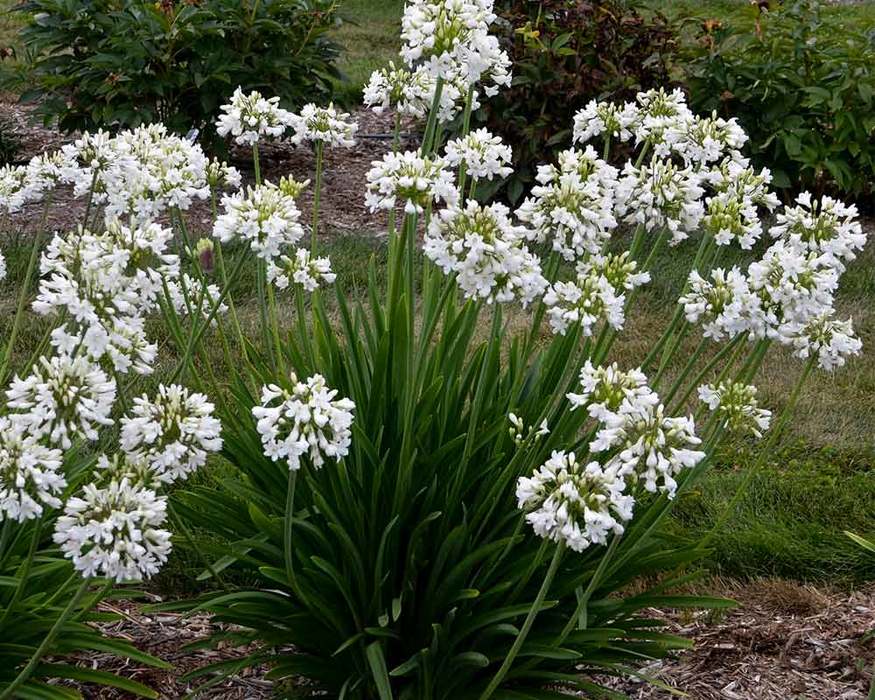
The first and foremost thing in the growing of the Agapanthus plant is the area where you need to grow the plant. You should know beforehand about which place is suitable to grow the Agapanthus plant.
So, the African Lily is mainly grown in an area where the region is not too cold, and the sunlight should reach the plant directly. The main factor in the growth of the African Lily is the sunlight and the amount of water. The sunlight should reach the plant directly throughout the day, and you should provide enough amount of water for their proper growth and development.
If you are planning to plant the flower in a sheltered garden, then you should be aware that you will be needed to take the plant outside for the sunlight. However, in a sheltered garden, there is no problem with the watering of the plant, but the sunlight could create an issue in a sheltered garden. So, the best place to plant this beautiful flower is in an open garden facing south direction so that it can face the sun.
African Lily chooses sunny weather and sunny spot for its growth and development. So, it would help if you were careful with the planting of the flower as the place should face the south direction.
However, the plant also requires heavy rainfall once a year for its growth, but the sunlight is the priority for its growth and development. Sunlight and water are the essentials for the heavy and dense foliage of the African Lily plant.
Pruning African Lily
Now comes the most important thing that contributes to the growth and development of the African Lily plant, and that is the pruning of the plant. Well, pruning is necessary for the same plant to grow. If you do not pay attention to the growth of leaves and flowers, then the plant can damage itself, so it is necessary to prune them on a regular basis. But pruning cannot be done anytime.
The best time to prune the plant is the autumn season. The autumn season is the best season for the plant to grow, and this is why this is considered to be the best time for the pruning of the plant. You can take this opportunity to cut the dried and dead leaves and other such materials from the plant and help them in growing well. Also, trim the plant as needed during this time only.
Also, while doing the pruning and trimming, you need to pay attention to the cutting of leaves as they should not be cut more than 10 cm. The heavy and dense foliage of the plant need not be cut, but the dead and dried leaves should be removed once every autumn. Make sure you do not do this task in the winters as it will damage the whole plant because they cannot survive frost and chilled winters.
When to Plant African Lily?
Well, the best time to plant African Lily is in Spring or, to be more specific, in the autumn season. Many people plant the African Lily in the early or mid-summer but the ideal time to plant the flower is in Spring or autumn. Even if you are keen to plant the flowers, then also it is advisable to wait for the frost winter to be passed and then plant the flowers. Then it will take less time to grow and develop.
Habitat and Growing Conditions
Agapanthus’s natural habitat is in Southern Africa, and it is grown there in hot and humid summer with enough amount of watering and fertile soil. The soil needs to be enriched with minerals and nutrients so that they can provide the required nutrients to the plant. Another essential thing to note is that the plant does not grow in the winter season, so the plant needs to be taken inside the home during the frost and chilled winters.
Propagating Agapanthus
One of the easiest ways to propagate the African Lily is to divide the plant every autumn. The plant should be pruned and trimmed to its half every autumn. This leads to the extraordinary growth of the plant every year, and it prevents the plant from getting damaged. Also, it would be best if you were careful while trimming and pruning, as it is a challenging task to do without damaging the plant. So, do this task carefully.
While diving the plant, make sure every clump contains roots and leaves so that it does not get damaged. If you propagate the plant in this way, then each clump will grow into a new plant, and in this way, the plant gets dense and heavy foliage. There are some other ways also to propagate the plants. One such way is to propagate them through seeds and harvest the seeds in the growing season.
Growing African Lily in Pots
Many people choose to plant the African Lily in containers or pots. The choice is not wrong, and you can grow the plant in containers or pots. Also, it is easier to take them inside the house in winter. However, the growth of the plant in containers or pots is relatively challenging as then you will have to pay extra attention and care for the growth and development of the plant.
When the plant is grown in the container, you will have to find a way to supply enough water and the exit hole for the extra water. As a container or a pot is packed, the water will get dissolved in the container itself, so it can damage the soil, so you will be needed to find a way to take the extra water out of the container. Also, if you are growing a plant in a pot, then you will have to decide to place the container in a sunny spot.
Also, you will have to take the pot or the container inside the house, or you will be needed to find a shelter for the plants to prevent them from winds and cold. Make sure to place them in such a way that they get an adequate amount of sunlight, wind, and water.
Also, make sure to provide them the soil that is enriched with the right amount of minerals and nutrients so that it can provide the required nutrients to the plants.


